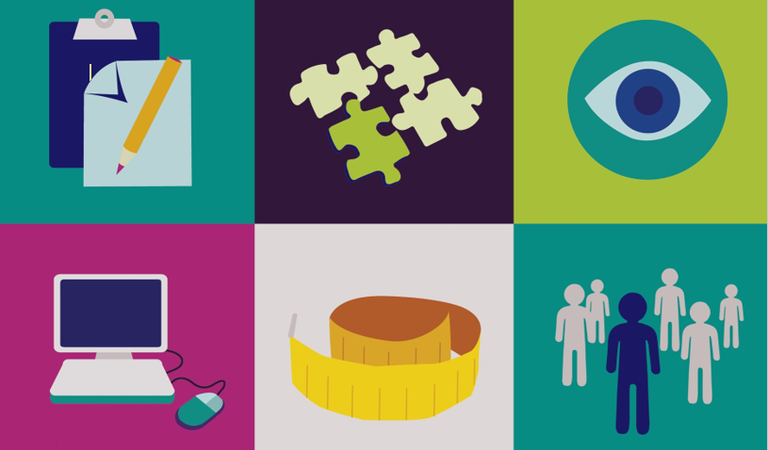Health Informatics for Low- and Middle-Income Countries: Short Course for Health Information System Professionals

According to the World Health Organization, digital health, also known as eHealth or health informatics, is the use of information and communications technology (ICT) for health. In its broadest sense, eHealth is concerned with improving the flow of information, by electronic means, to support the delivery of health services and the management of health systems. The potential benefits of digital health are numerous: improved efficiency, effectiveness, disease prevention, and patient safety and empowerment. But these benefits cannot be realized without the right technology, the right processes, and digitally adept human resources.
Low- and middle-income countries are vigorously rolling out digital health, but lack the appropriate digital health workforce. MEASURE Evaluation, working collaboratively with the Global Evaluation and Monitoring Network for Health (GEMNet-Health), developed this international health informatics curriculum to be used as in-service training for digital health staff.
The curriculum has four units of lectures and interactive activities that can be adapted to meet the objectives of your course. The course materials are listed below for download and use. See the course syllabus for more details.
Unit One: Introduction to Health Informatics
Unit 1.0a: Introduction and Overview
Unit 1.1: Health Informatics for HIS
Unit 1.2: Patient-Centered Information Systems
Unit 1.3a: Clinical Decision Support Systems
Unit 1.4: Health Informatics for Behavior Change Communication
Unit 1.Xa Patient Monitoring Systems
Unit 1.Xc: Information Systems
Unit Two: Information Systems for Health
Unit 2.2a: Privacy, Security, and Confidentiality
Unit 2.Xa: Privacy and Security Lecture A
Unit 2.Xb: Privacy and Security Lecture B
Unit 2.Xc: Privacy and Security Lecture C
Unit Three: Data and Interoperability
Unit 3.0: Standards to Promote HIE
Unit 3.1a: National and International Standards Developing Organizations
Unit 3.3a: Introduction to Health Care Data Analytics Lecture A
Unit 3.3b: Introduction to Health Care Data Analytics Lecture B
Unit 3.4b: Activity 2 Instructions
Unit Four: Process Improvement, System Design, and Usability Evaluation
Unit 4.0a: Introduction to Quality Improvement and the HIT
Unit 4.1a: Process Mapping Theory
Unit 4.3: People and Technology
Unit 4.4a: Process Redesign Lecture A
Unit 4.4b: Process Redesign Lecture B
Unit 4.5: Requirements for Engineering
Unit 4.6: Evaluating Usability
Unit 4.Xc: People and Technology
Download a zip file containing all four units.
Related Content
Skill up for Scale-up: Closing the capacity gap between technology and health












